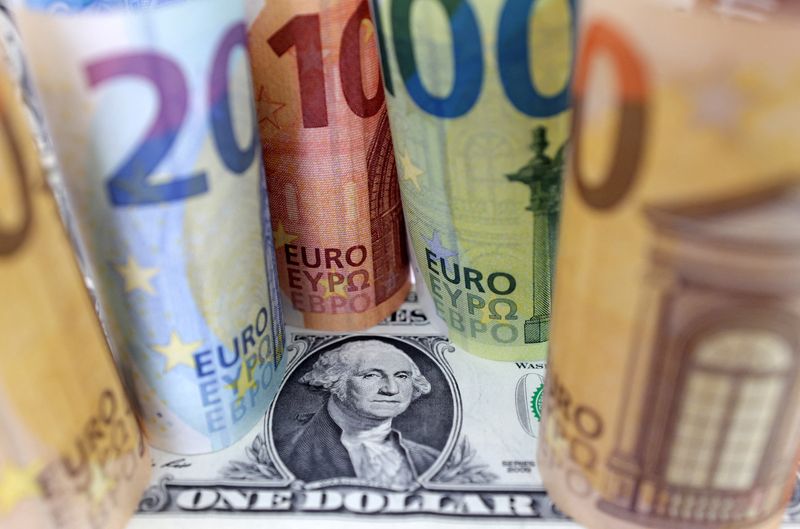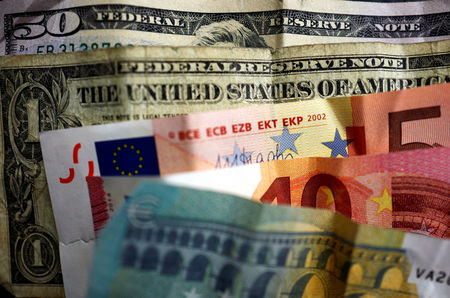
By Brigid Riley
TOKYO (Reuters) – The U.S. dollar consolidated against its major peers on Wednesday as investors weighed President-elect Donald Trump’s tariff pledges, while awaiting a key inflation figure out of the U.S. later in the day.
The New Zealand dollar rose after the Reserve Bank of New Zealand cut benchmark rates by 50 basis points to 4.25% while noting that inflation had declined to near the mid-point of its targeted range.
Trump’s vows on Monday of big tariffs on Canada, Mexico and China, the United States’ three largest trading partners, have left investors jittery, even if some of the reaction was tempered later in the U.S. day.
“Markets are likely to remain edgy as a second Trump administration brings back uncertainty about policy making in the U.S.,” said Carol Kong, currency strategist at Commonwealth Bank of Australia (OTC:CMWAY).
“This uncertainty can lead markets to ‘sell first and ask questions later’ which is a positive for the USD.”
Against its Canadian counterpart, the greenback was up 0.15% at C$1.40755, after touching a 4-1/2-year high of C$1.4178 on Tuesday.
The dollar remained off its highest against the Mexican peso since July 2022, but was last up 0.3% on the day.
“Investors should not overreact given that tariffs are part of trade negotiation tactics, according to those close to Trump,” said Wei Liang Chang, currency and credit strategist
at DBS in Singapore.
The dollar was steady ahead of October Personal Consumption Expenditures (PCE) price index due later on Wednesday, before U.S. markets close for the Thanksgiving holiday on Thursday.
The dollar index, which measures the greenback against six rivals, was last down 0.07% at 106.83.
The yen outperformed, lifted by safe-haven bids, growing bets for a December rate hike in Japan, and position adjustments.
“Heading into Thanksgiving, people are closing the Trump trades, and that includes a stronger dollar,” said Shinichiro Kadota, senior currency & rates strategist at Barclays (LON:BARC) in Tokyo.
But Kadota noted that he expects the greenback to strengthen against the yen again into next year given Trump’s policies are “overall positive” for the U.S. currency.
The dollar was last down 0.47% at a near three-week low of 152.37 yen.
China’s offshore yuan slid 0.11% to 7.2661 as weak industrial profits and tariff fears weighed, while the onshore yuan edged 0.08% lower, easing back toward its lowest level against the greenback since July 30.
A ceasefire between Israel and Iran-backed group Hezbollah came into effect at 0200 GMT on Wednesday after both sides accepted an agreement brokered by the United States and France, U.S. President Joe Biden said on Tuesday. The Israeli shekel hit a three-month high on Tuesday.
The euro slipped 0.10% to $1.0479, while sterling was mostly flat at $1.2570.
The Australian dollar fetched $0.6476, up 0.03% after domestic consumer price inflation stayed at a three-year low in October.

The kiwi traded at $0.58635, up 0.5%.
In cryptocurrencies, bitcoin was up a little over 1% at $92,692, well below the record high of $99,830 it touched last week. Bitcoin has struggled to rise above the symbolic $100,000 barrier as profit-taking has set in.
This post is originally published on INVESTING.



